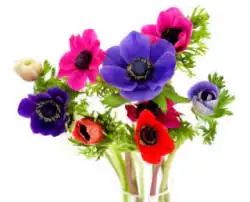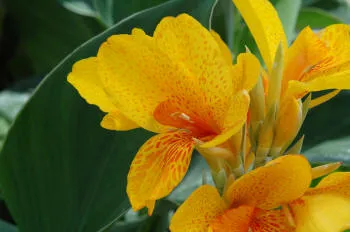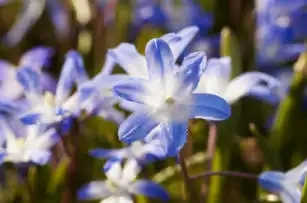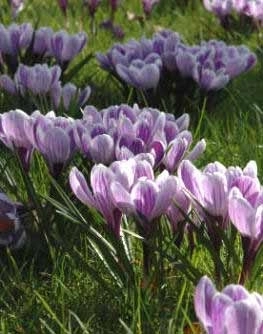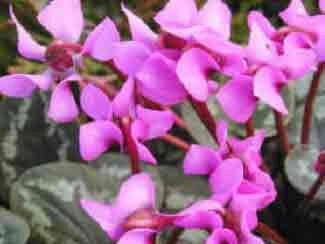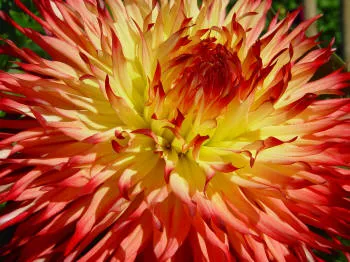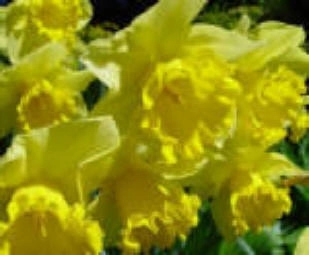Most bulbs can be grown indoors for a short period of time! Cyclamen are the main exception, in that they can be successfully grown in the house for the whole of their life. Not easy, but possible.
Other bulbs are generally bought into the house for flowering period often at Christmas but spend most of their growth cycle out of doors or in a cool garage. Whilst bulbs for Christmas are an obvious target - for presents and holiday feel, bulb can be more easily bought into flower a little later.
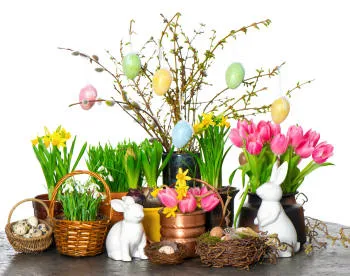
Bulbs indoor collection
Most of us will have seen the hapless schoolchildren, trying to get their prize daffodil to school for the annual daffodil growing competition. Often having to be help up with a 2 foot long cane or simply waving around in the breeze! There is a simple reason for this explained below.
The first thing to realise is the fact that bulbs are not natural indoor plants, and that the type of bulbs we normally try to grow or flower indoors, are normally those that prefer to have the main part of their growing/preparation time, with their bulb and roots in cold soil. Far colder than is the norm in the house!
The bulbs are best for growing indoors or flowering indoors - during the late winter early springtime are ..
-
Narcissus
- Most Narcissus or Daffodils can be flowered indoors. Some - such as Narcissus 'Paper White' are quite easy. The same is true of most of the dwarfer varieties - Narcissus Tete a Tete is a favourite - but many of the standard spring favourite can also be grown in pots for bringing indoors to flower.
-
Hyacinths
- Hyacinths - especially at Christmas - are one of the firm favourites for bulbs for Christmas. To actually get your Hyacinths in flower indoors, for Christmas, you will need to buy specially 'prepared' Hyacinth Bulbs. These will be on sale from August onwards - and soon sell out. You can force normal un-prepared Hyacinths, but doubts as to whether they will be ready for Christmas.
-
Crocus
- Autumn flowering Crocus can be flowered indoors and is an easy choice of bulbs for christmas - but generally have a shorter flowering period than the normally grown Daffodils and Hyacinths.
-
Tulips
- The dwarf varieties of Tulips are best for growing to flower indoors. But, the taller growing varieties can also be grown for this purpose successfully.
-
Hippeastrum (Amaryllis)
- Most of the work will have been done for you with the Hippeastrums - even grown in a pot ready for you. Quite a spectacular flowerhead, and is a firm favourite out of the bulbs for Christmas and early spring in the house.
There are others such as Cyclamen that are generally sold as potted flowering plants during the winter Christmas in particular. These can simply be taken indoors and treated like normal houseplants.



